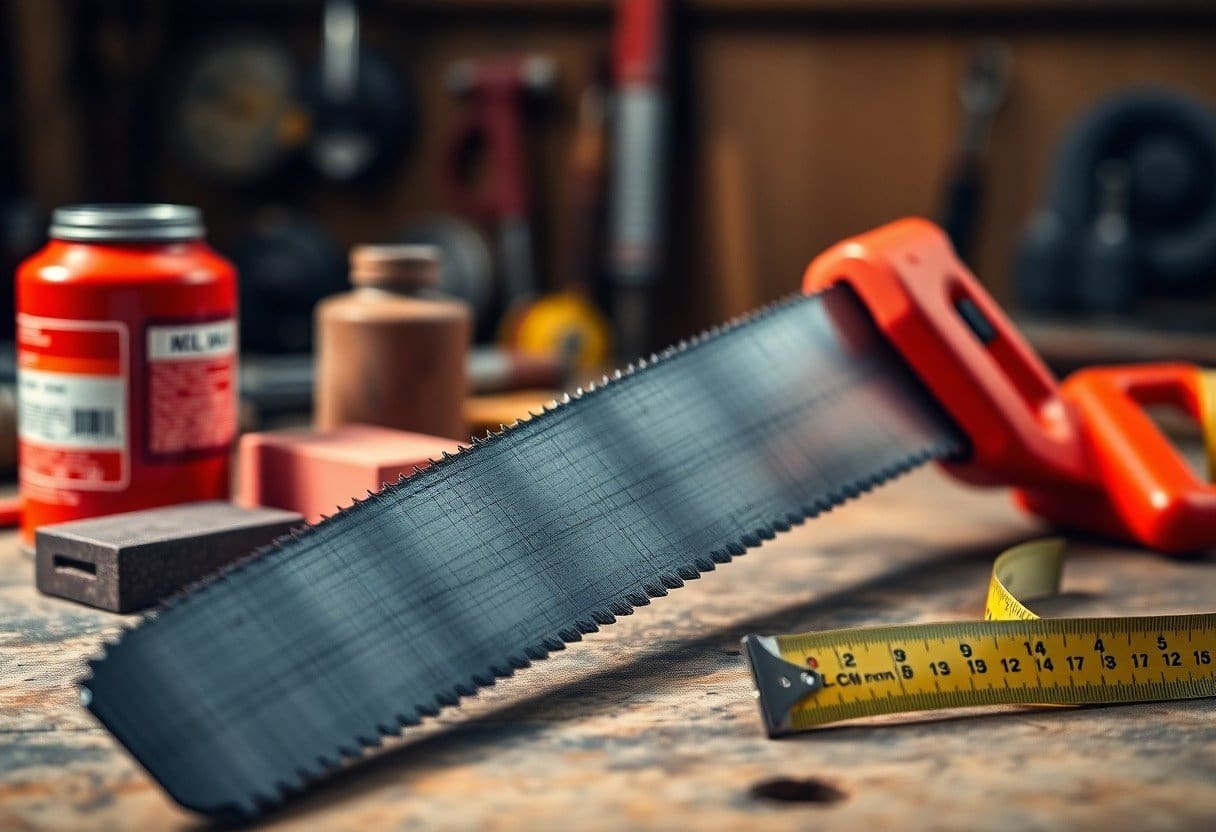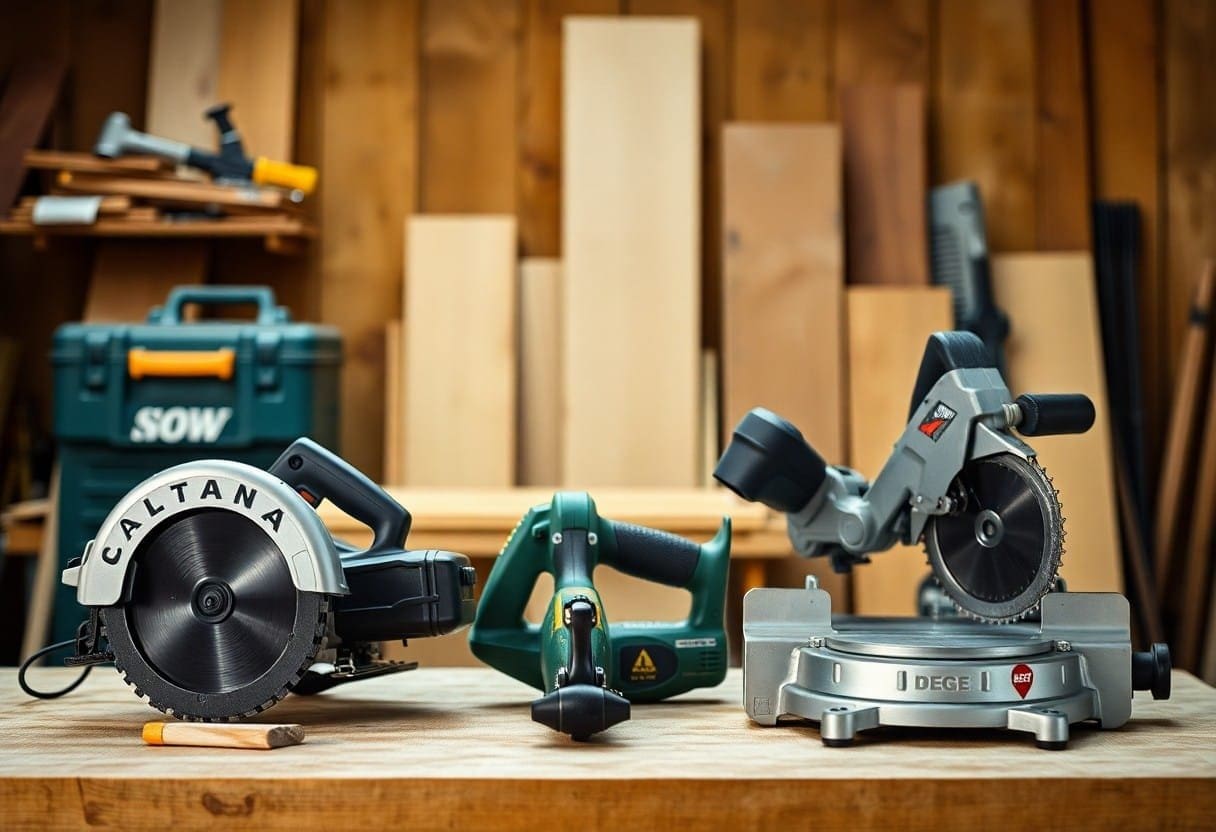Many woodworkers and DIY enthusiasts alike value the importance of maintaining their tools, especially saws. A well-maintained saw not only enhances your cutting efficiency but also prolongs the life of the blades. To help you take care of your saw effectively, we’ve compiled a list of vital tips focused on blade maintenance.
First and foremost, regularly cleaning your saw blade should be a part of your routine. Saw blades accumulate resin, sawdust, and even pitch, which can lead to overheating and dullness over time. After each use, inspect the blade and wipe it down with a clean rag. For a more thorough cleaning, consider using a specialized blade cleaner or a mixture of warm water and soap. Soak the blade for a few minutes and use a soft brush to scrub away any remaining debris, rinsing it with clear water before drying it completely. This simple act not only keeps your blade sharper but also improves overall cutting performance.
Sharpening your saw blades is another key aspect of maintenance. Dull blades can cause strain on your saw, making it work harder and potentially reducing its lifespan. Depending on the frequency of your use, you should sharpen your blades every few weeks or after extensive projects. You have two options here: you can either buy a sharpening file to sharpen the teeth manually or send the blade out to a professional sharpening service. If you choose to go DIY, ensure you are familiar with the appropriate angles and techniques specific to your blade type.
Proper storage also plays a significant role in prolonging blade life. Ensure that you store your blades in a dry location to minimize the risk of rust and damage. Use blade guards or cases to prevent accidental chips and scratches. Hanging your blades on a wall or keeping them in a designated toolbox can help you maintain organization and protect their integrity.
Additionally, always use the correct blade type for your specific project. Each blade is designed for particular materials and tasks. When you use the incorrect blade, you can easily damage it or experience poor cutting quality. Be mindful of the thickness, tooth count, and material of the blade, ensuring they match the requirements of your project for optimal performance.
While operating your saw, take care to maintain proper feeding techniques. Rushing through the cut can lead to overheating and damaging both the blade and the workpiece. Instead, let the saw do the work. Feed your material steadily and allow the blade to cut at its own pace. Patience and precision will help maintain the sharpness of your blade and can lead to smoother, cleaner cuts.
Finally, be vigilant about checking your saw for any signs of wear or damage. Regularly inspect the blade’s teeth, making sure they remain intact and evenly spaced. Look for any signs of rust or other degradation. If you notice any major damage, it’s better to replace the blade rather than risking a malfunction during use.
By following these maintenance tips—cleaning, sharpening, proper storage, using the right blade, ensuring controlled cutting techniques, and regularly checking for damage—you’ll significantly enhance the longevity and performance of your saw blades.




